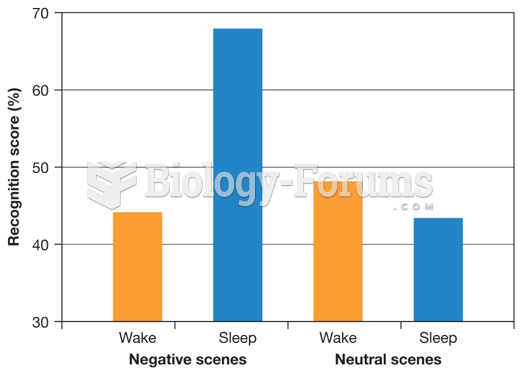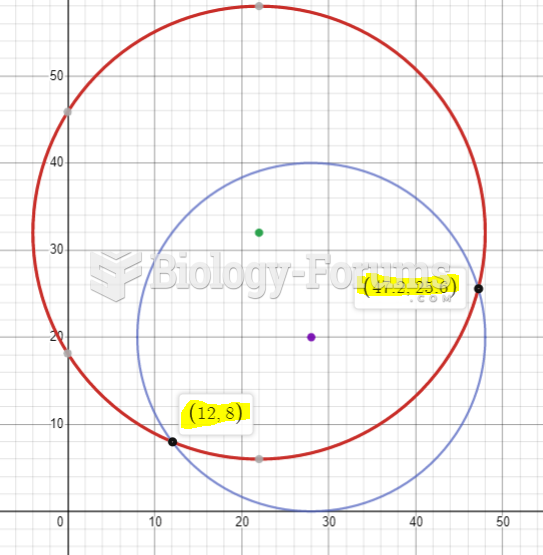Answer to Question 1
De Chirico was an innovative artist who believed for art to become truly immortal it must break the barriers of common sense and logic and enter the regions of childhood vision and dream. His fantasy painting The Disquieting Muses presents dreamlike imagery of objects composed of fragments of Italy's past and presentancient, the Renaissance, and the Industrial Revolution. Surrealism appreciated the logic of dreams, the mystery of the unconscious, and the lure of the bizarre and irrational. Merit Oppenheim's Object (Luncheon in Fur) illustrates the concept of the poetic object and the juxtaposition of incongruous elements with objects to provoke strangeness or disorientation. The fur-lined tea cup and saucer creates an uneasy image of using these as functional items. Possibly one of the most famous of Dali's Surrealist works is Persistence of Memory. Dali's art offers a fascinating paradox: a precise and meticulous rendering of limp watch forms, yet the forms could not possibly be real. He creates a fantasy landscape, perhaps suggesting his triumph once and for all over time.
Answer to Question 2
The Dadaist with the most lasting impact on American art was Marcel Duchamp, whose ready-mades probed the border between art and life. A ready-made is a work of art that is not made but designated. Fountain, an inverted urinal, raised philosophical questions regarding the art object. Duchamp thought that art and life could regularly trade places. Boccioni belonged to a group of Italian artists, the Futurists, who decided that motion itself was the glory of the new 20th century, especially the motion of the new machines. These artists strove to reflect this feeling of motion into their art. Boccioni's Unique Forms of Continuity in Space represents a striding human figure as the Futurists imagined it would be in the light of contemporary science: a field of energy interacting with everything around it. Sculpture must give life to objects by extending them in space and making them palpable, systematic, and plastic.







